Navigation
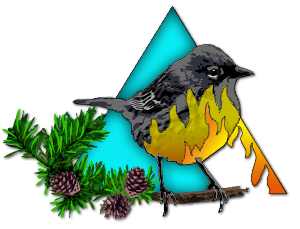
Upcoming Events
There are no events planned.
FIELD TOUR - Waupee Barrens
WAUPEE BARRENS FIELD TOUR
Fire in Pine Communities & Pine Barrens Restoration in Northeast Wisconsin
WHEN: Wednesday, September 20, 2017 8:30 am to 3:30 pm
WHERE: Rally Point - Bill Lezansky Community Center, 13412 Hwy 32, Mountain, WI 54149.
OVERVIEW:
Join Chequamegon-Nicolet National Forest staff for a Field Tour (includes five stops) to observe and discuss this landscape effort to restore and manage pine barrens and northern dry forest on the Waupee Barrens Project Area (located in northeast Wisconsin on the Lakewood/Laona Ranger District). This restoration project has utilized a variety of prescribed burning, timber harvests, mastication, native planting, and monitoring to accomplish restoration objectives. We will discuss and compare/contrast the transition from Forest-Woodland-Savanna-Barrens structure, seasonality of fire and fire effects, developing the new fire regime, operational considerations (opportunities, barriers to implementation, risk evaluation, WUI), and the lessons learned. The Field Tour leaders anticipate and welcome an active discussion on this evolving restoration project, and encourage all participants to share their expertise.
WORKING AGENDA AND TIME FRAME:
0830 - Meet at Rally Point and check-in
0900 - Brief Overview Presentation of Waupee Barrens Projects Area
~0940 - Carpool and Caravan to Waupee Barrens Field Stop One
~1000 - Field Stop One: Good Neighbor Authority timber sale (recently logged)
~1100 - Field Stop Two: RAWs site
~1130 - Field Stop Three: Burned Area 2016 and 2017, and Lunch Break
~1300 - Field Stop Four: Mastication and timber sale site
~1400 - Field Stop Five: Fingers 2017 RX burns
~1515 - Return to Rally Point at Bill Lezansky Community Center
TOUR LEADERS:
Lakewood/Laona Ranger District, Chequamegon-Nicolet National Forest Staff: John Lampereur (District Silviculturist), Jay Saunders (East Zone Fire Management Officer), Jeff Seefeldt (District Ranger), Scott Linn (Assistant Fire Management Officer); Wisconsin Department of Natural Resources: Rich Lietz (Forester); Lake States Fire Science Consortium: Jack McGowan-Stinski (Program Manager)
COST and REGISTRATION:
This Field Tour is FREE – but we would appreciate a head count to coordinate enough handouts for all, and caravan/carpooling tour logistics. PLEASE RSVP with your name and number in group to Jack McGowan-Stinski, or 989-287-1734, subject line “Waupee Barrens Field Tour RSVP”.
WHAT TO BRING:
- A Hard Hat is required for some of the tour stops (you will not be allowed to access sites without a hard hat)
- Long pants and sturdy boots or shoes recommended
- Please clean boots/shoes BEFORE field tour to remove potential invasive plant seeds (this restoration area has few invasive species issues and we want to keep it that way…)
- Please also bring your own lunch and water, bug repellent, sunscreen, and stories to share.
- Field Trip is rain or shine, so please dress for the weather!
Questions about Field Tour? Contact Jack McGowan-Stinski, Lake States Fire Science Consortium (by email, or call 989-287-1734)
You can also check out this recent publication about FIRE HISTORY in the area:
Guyette, Richard P.; Stambaugh, Michael C.; Dey, Daniel C.; Marschall, Joseph M.; Saunders, Jay; Lampereur, John. 2016. 350 years of fire-climate-human interactions in a Great Lakes sandy outwash plain. Forests. 7(9): 189. 19 p. http://dx.doi.org/10.3390/f7090189.
Abstract: Throughout much of eastern North America, quantitative records of historical fire regimes and interactions with humans are absent. Annual resolution fire scar histories provide data on fire frequency, extent, and severity, but also can be used to understand fire-climate-human interactions. This study used tree-ring dated fire scars from red pines (Pinus resinosa) at four sites in the Northern Sands Ecological Landscapes of Wisconsin to quantify the interactions among fire occurrence and seasonality, drought, and humans. New methods for assessing the influence of human ignitions on fire regimes were developed. A temporal and spatial index of wildland fire was significantly correlated (r = 0.48) with drought indices (Palmer Drought Severity Index, PDSI). Fire intervals varied through time with human activities that included early French Jesuit missions, European trade (fur), diseases, war, and land use. Comparisons of historical fire records suggest that annual climate in this region has a broad influence on the occurrence of fire years in the Great Lakes region.
ACCESS PDF: https://www.fs.fed.us/nrs/pubs/jrnl/2016/nrs_2016_guyette_001.pdf
BRIEF BACKGROUND ON WAUPEE BARRENS (from Forest Vegetation Resource Report for the Lakewood Southeast Project, John Lampereur, Lakewood/Laona District Silviculturist, 2013)
The Athelstane Sandy Outwash and Moraines Subsection is a large sand outwash plain that includes the Waupee Barrens Project Area. This subsection has been identified as having a high potential for Northern Dry Forest and Pine Barrens restoration. The Lakewood Southeast and Waupee Barrens Project Area has been heavily influenced by landscape-level fire, and this directly correlates with the coarse, drought-prone outwash soils and the fire-adapted species that are present. Wind also played a role in the disturbance ecology of the area, although the frequency and extent of the disturbances are not well understood.
Finley’s Map of the Original Vegetation of Wisconsin (1976) derived an approximation of the forest types that existed at the time of the original land surveys in the project area: about 44% of the uplands were occupied by jack pine, scrub oak, or barrens; 41% was occupied by late-successional northern hardwood types, such as hemlock, sugar maple, and beech; and roughly 15% of the forests in the project area in the mid 1800’s were red and white pine types. The subsection surrounding the Waupee Barrens has shifted from a pine-dominated landscape in the 1800’s to an aspen-oak-northern hardwood landscape in the 1930’s to an aspen-oak-northern hardwood-pine landscape in the 1990’s.
The Chequamegon-Nicolet National Forests Plan gives direction to restore and/or emulate natural disturbance regimes within pine communities and pine barrens, calls for the increased use of prescribed fire as a management tool within fire-adapted Land Type Associations, and calls for the maintenance and enhancement of existing pockets of barrens and savanna habitat.
Photo Credits: Historical Photos USFS circa 1936
All other photos John Lampereur, District Silviculturist, Lakewood/Laona Ranger District, Chequamegon-Nicolet National Forest
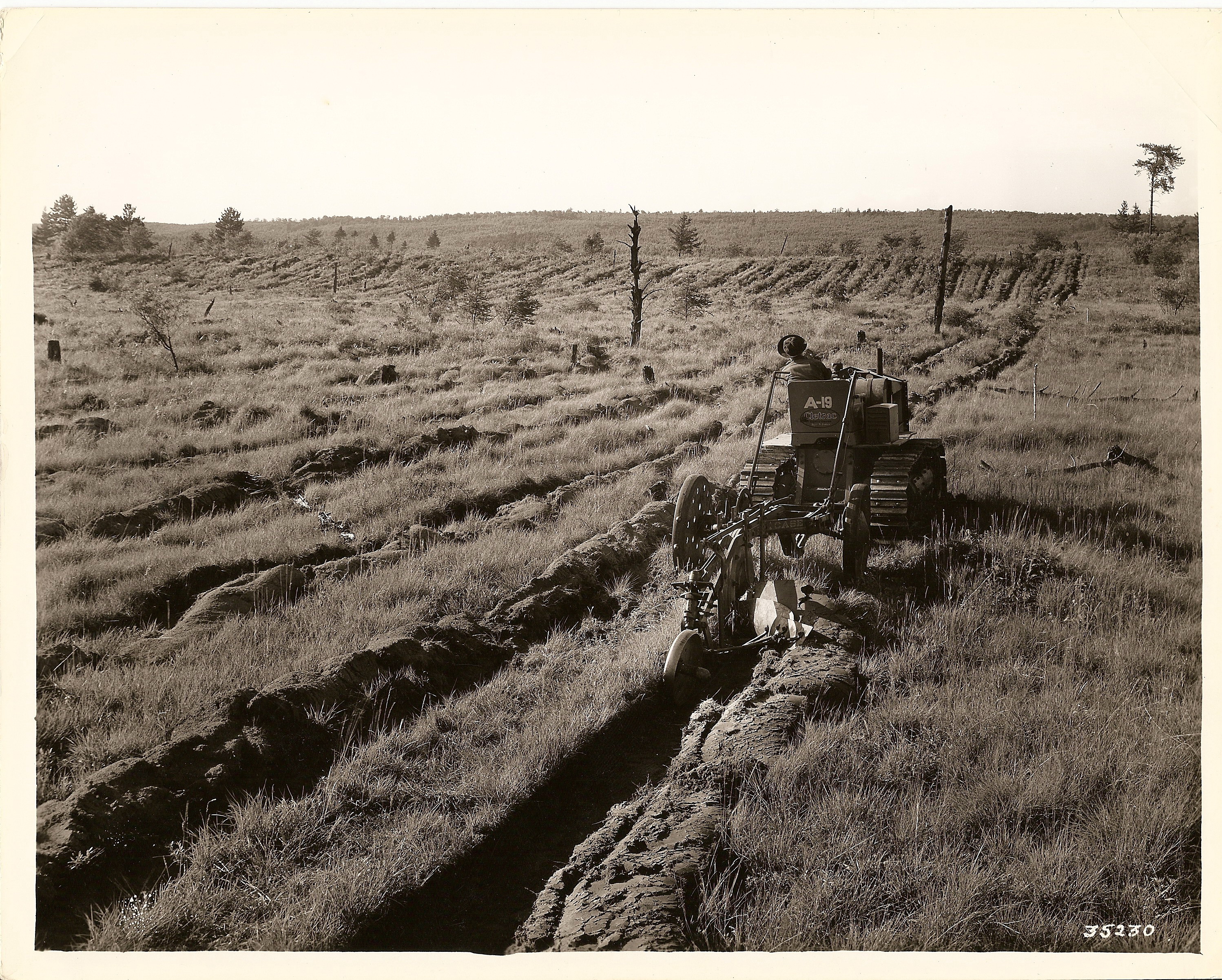
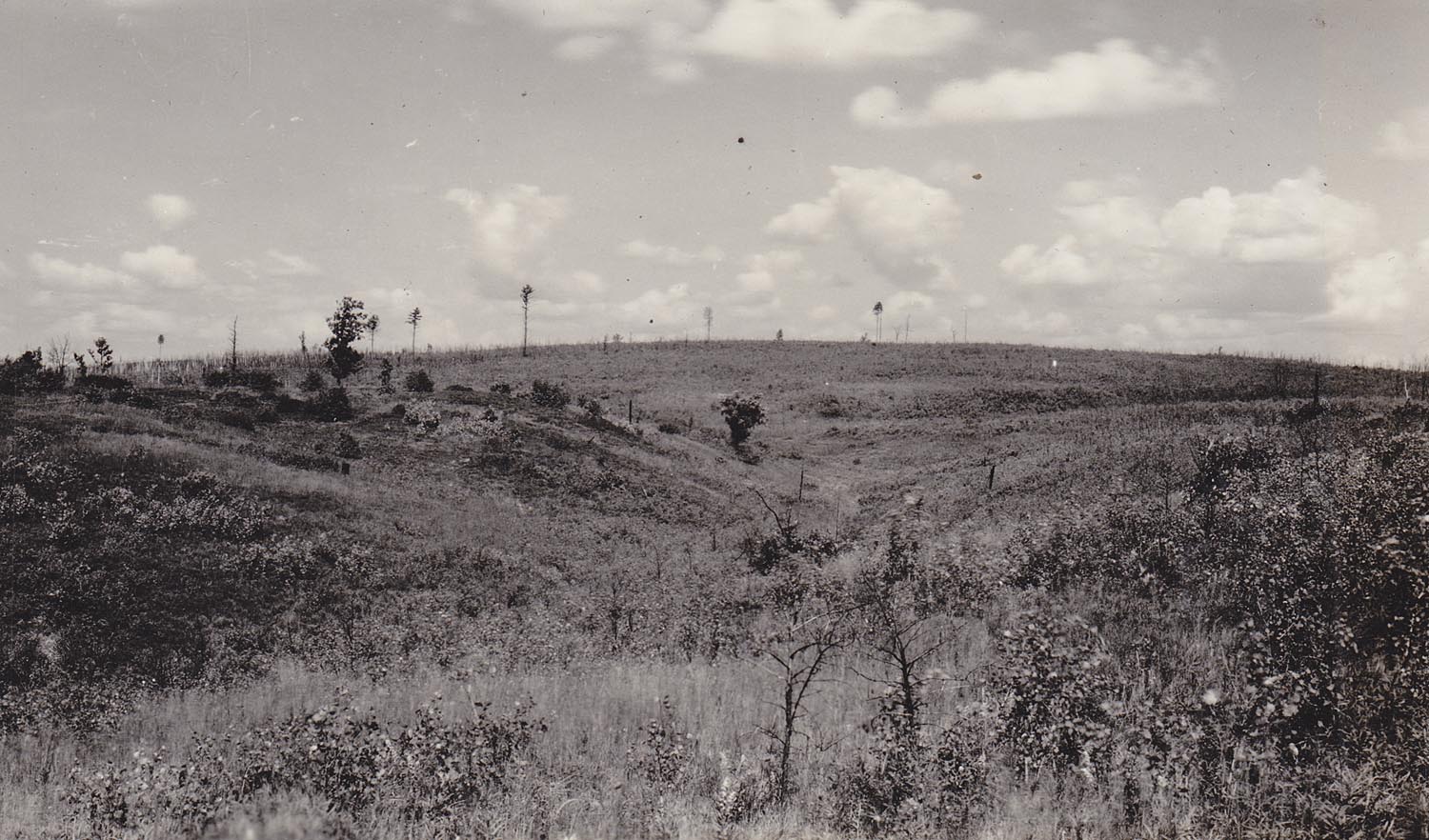
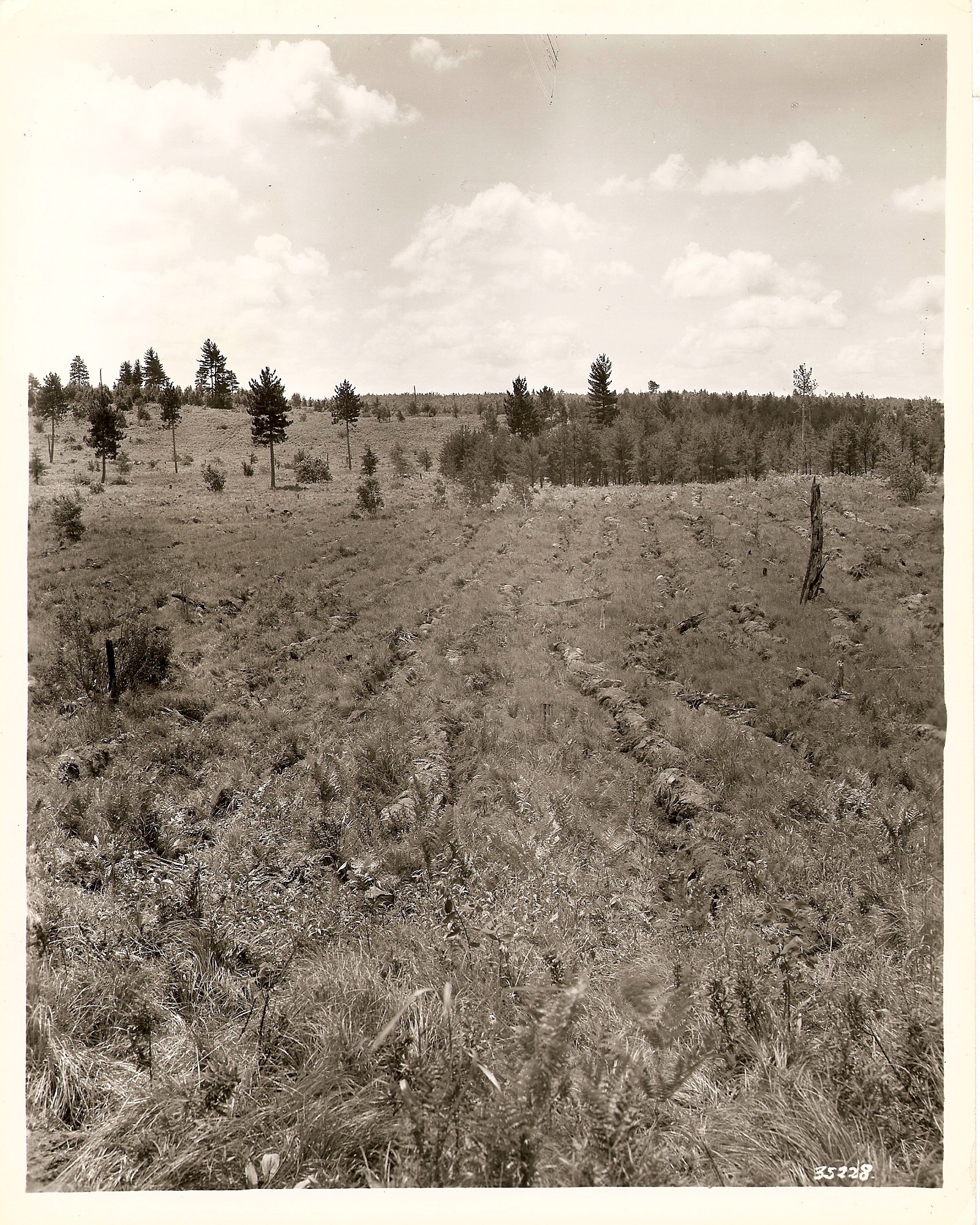
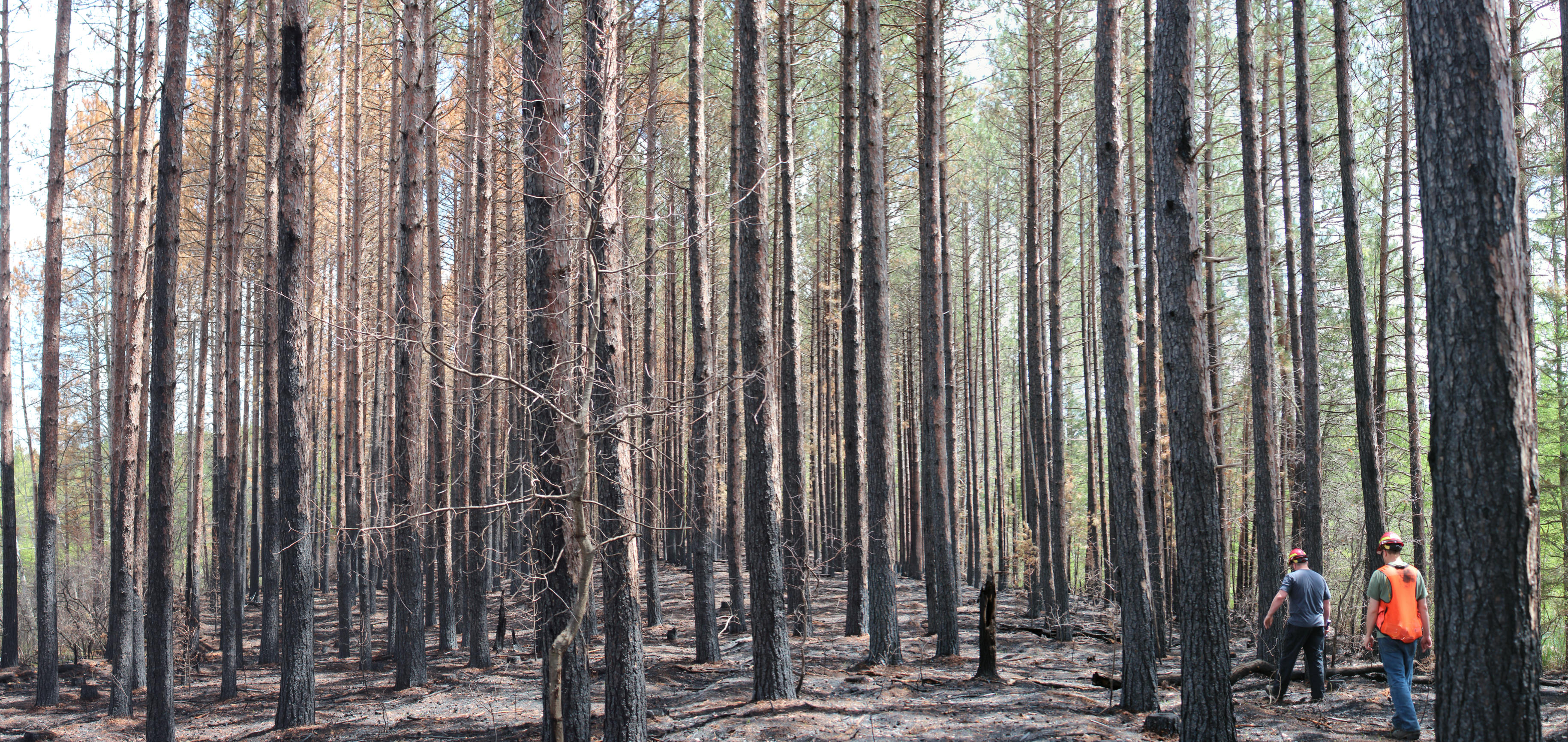
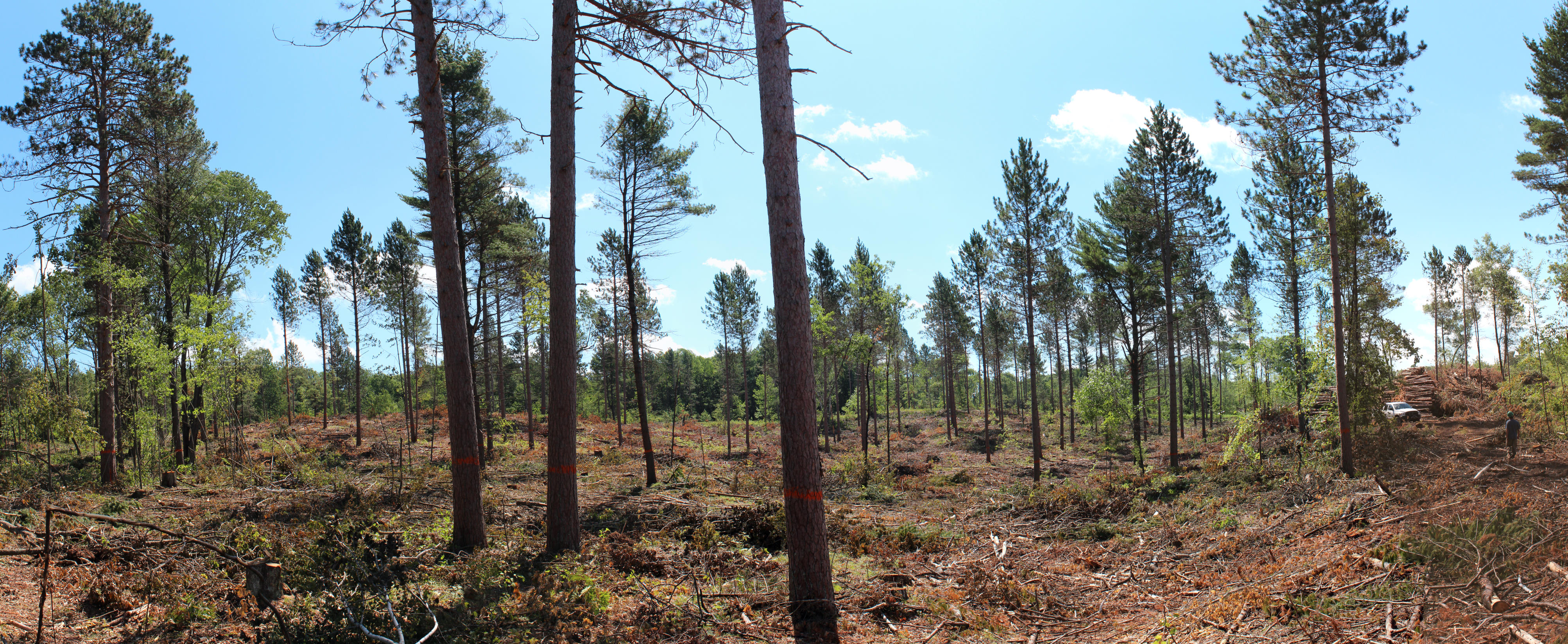



.png)
